Introduction
Yellow croaker, known for its delicate flavor, moist texture, and nutritional benefits, is a highly esteemed seafood delicacy enjoyed worldwide. Its popularity stems not only from its culinary versatility but also from the rich omega-3 fatty acids, vitamins, and minerals it offers. However, maintaining the freshness of yellow croaker from the moment it’s caught until it reaches consumers’ plates is a challenge that requires meticulous handling and preservation techniques. This article delves into the various methods and strategies for preserving the freshness of yellow croaker, ensuring that its natural flavors and nutritional value are retained throughout the supply chain.
Understanding Freshness in Yellow Croaker
Freshness in yellow croaker is primarily determined by its appearance, odor, texture, and shelf life. A fresh yellow croaker should have:
- Bright Eyes: Clear, bulging eyes indicate that the fish was recently caught.
- Firm Flesh: The flesh should be firm to the touch, springing back when pressed.
- Vibrant Scales: Shiny, intact scales reflect the fish’s health at capture.
- Mild Odor: A fresh yellow croaker should have a mild, sea-like aroma. Any strong, fishy smell is a sign of decomposition.
- Moist Gills: Red or pink gills that are moist and not slimy are indicative of freshness.
Maintaining these freshness indicators involves a combination of immediate post-catch handling, proper storage conditions, and timely transportation.
Immediate Post-Catch Handling
The first critical step in preserving the freshness of yellow croaker begins with how it is handled immediately after being caught.
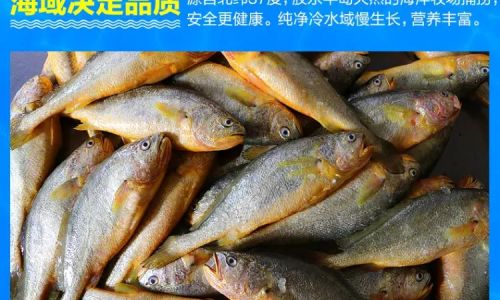
-
Bleeding: Prompt bleeding of the fish minimizes the release of enzymes that can cause decomposition. This can be achieved by cutting the gill arches or the main blood vessel near the tail.
-
Chilling: Rapid chilling slows down bacterial growth and preserves the quality of the fish. Ice slurry immersion or placing the fish on ice beds are effective methods. The ideal temperature for storing yellow croaker is between 0°C and 4°C (32°F and 39.2°F).
-
Scaling and Gutting: Removing scales and the internal organs further reduces the risk of bacterial contamination and extends shelf life. This should be done as soon as possible after catching to prevent the spread of enzymes and bacteria.
-
Packing: Using moisture-proof, airtight packaging helps maintain the fish’s moisture content and protects it from external contaminants. Vacuum sealing is particularly effective.
Storage Conditions
Proper storage conditions are paramount to retaining the freshness of yellow croaker.
-
Refrigeration: For short-term storage (up to a few days), refrigerating the fish at a consistent temperature between 0°C and 4°C (32°F and 39.2°F) is crucial. Ensure that the refrigerator is not overloaded, as this can affect temperature control.
-
Freezing: For longer-term preservation, freezing is the preferred method. Yellow croaker can be frozen at temperatures below -18°C (0°F). Proper freezing involves:
- Quick-Freezing: Rapid freezing minimizes ice crystal formation, which can damage the fish’s cells and texture.
- Freezer Bags: Using freezer-safe bags or containers helps prevent freezer burn and maintains moisture.
- Labeling: Always label frozen fish with the date of freezing to ensure it is consumed within its optimal storage period.
-
Modified Atmosphere Packaging (MAP): This technique involves replacing the air in the packaging with a gas mixture (usually nitrogen, carbon dioxide, and oxygen in specific proportions) that inhibits bacterial growth and slows down oxidation processes. MAP can extend the shelf life of refrigerated and frozen yellow croaker.
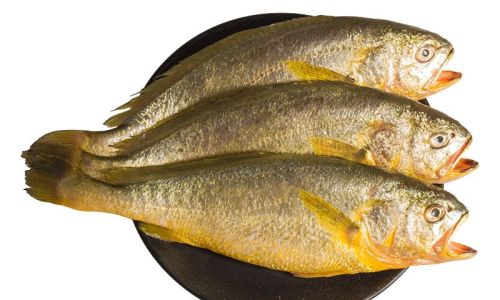
Transportation
Transporting yellow croaker while maintaining its freshness involves careful planning and execution.
-
Temperature Control: Ensuring that the transportation vehicle or container maintains the required temperature throughout the journey is vital. Insulated boxes with ice packs or gel packs are commonly used for refrigerated transportation, while frozen fish require specialized freezer trucks or containers.
-
Shock Minimization: Rough handling can damage the fish, accelerating decomposition. Therefore, packaging should be designed to cushion the fish and prevent it from moving during transit.
-
Monitoring: Real-time temperature monitoring systems can alert handlers to any deviations, allowing immediate corrective action.
-
Speed: The faster the fish can be transported from the point of catch to the market or processing facility, the better its chances of retaining freshness.
Retail and Consumer Handling
Once yellow croaker reaches retail outlets or consumers, maintaining its freshness requires continued vigilance.
-
Display Conditions: In retail settings, fish should be displayed under refrigerated conditions with a temperature of no higher than 4°C (39.2°F). Use of chilled display cases with proper ventilation to prevent fogging and moisture accumulation is essential.
-
Consumer Education: Educating consumers on proper handling and storage practices at home can significantly extend the fish’s shelf life. This includes advice on thawing methods (preferably in the refrigerator), cooking times, and avoiding cross-contamination.
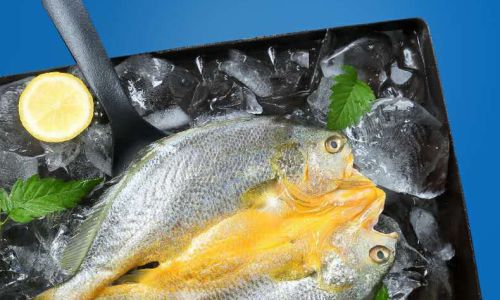
-
Expiration Dates: Clear labeling of expiration or best-before dates helps consumers understand how long they can store the fish before it loses its freshness.
Advanced Preservation Techniques
Beyond traditional methods, several advanced techniques are employed to further extend the shelf life and quality of yellow croaker.
-
Cryopreservation: This involves freezing the fish at extremely low temperatures (-80°C to -196°C, or -112°F to -320.8°F) using liquid nitrogen or similar cryogens. Cryopreservation can preserve the fish almost indefinitely but requires specialized equipment and handling.
-
High-Pressure Processing (HPP): HPP uses high pressure (up to 87,000 psi) to inactivate microorganisms without significantly altering the fish’s texture, taste, or nutritional value. This method extends the shelf life of refrigerated yellow croaker while maintaining its freshness.
-
Irradiation: Exposure to low doses of ionizing radiation can effectively reduce the microbial load on the fish, prolonging its shelf life. However, consumer acceptance of irradiated foods varies, and labeling regulations must be adhered to.
Conclusion
Preserving the freshness of yellow croaker is a multifaceted challenge that involves careful handling from the moment of capture to the final point of consumption. By adopting best practices in immediate post-catch handling, storage conditions, transportation, retail display, and consumer education, as well as exploring advanced preservation techniques, the quality and shelf life of yellow croaker can be maximized. Ensuring the freshness of this valuable seafood resource not only enhances its culinary appeal but also preserves its nutritional benefits, contributing to healthier diets and sustainable seafood consumption practices worldwide. As technology advances and consumer awareness grows, the preservation of yellow croaker and other seafood will continue to evolve, meeting the demands of a global market that values both taste and health.
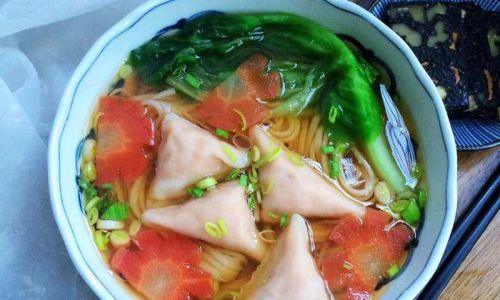

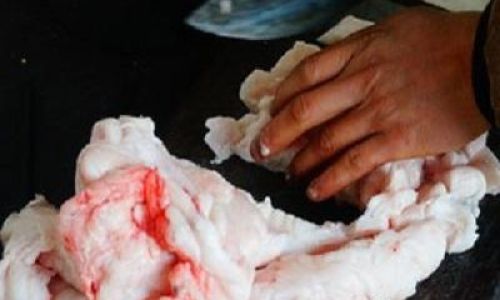
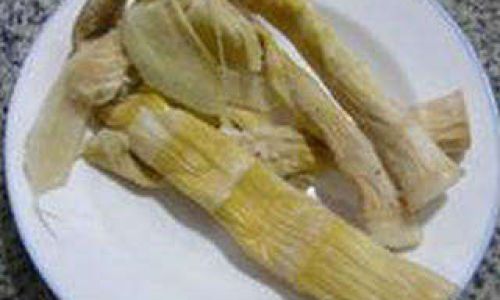
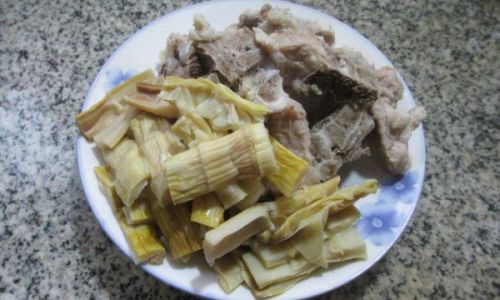
0 comments